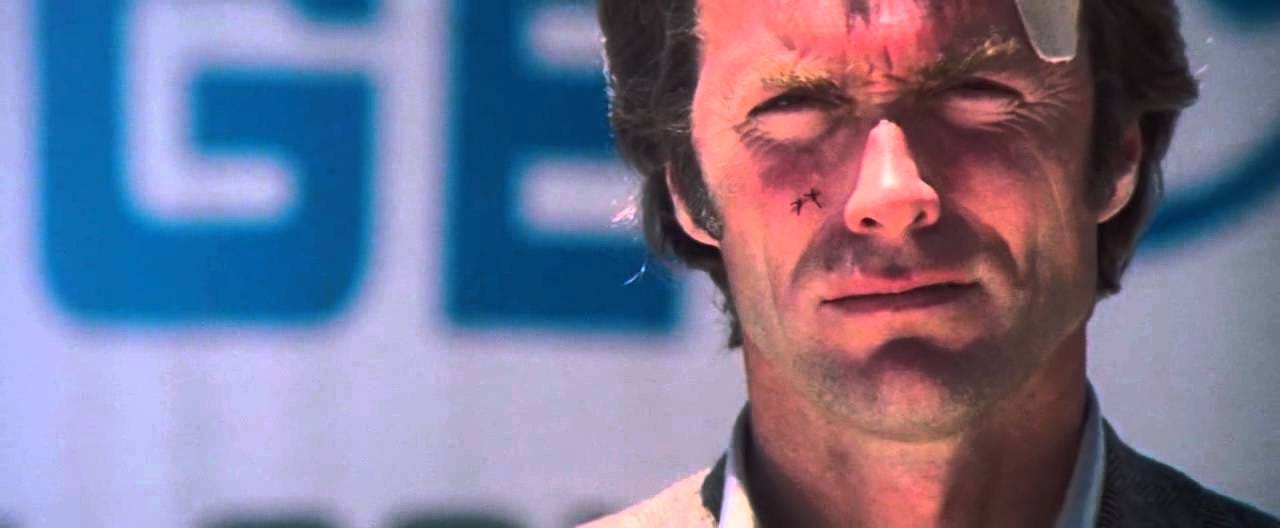Silicon Valley Bank: A Man has Got to Know His Limitations
Excerpt from Footnotes and Flashbacks: Week Ending March 12, 2023
The past week was a wild one wrapped around a rare run on a large bank in the form of Silicon Valley Bank (SVB). SVB had over $200 billion in assets (Top 20 bank) and “held” (“holds” may be optimistic now unless a great purchaser shows up) a lofty position in the ecosystem of venture capital, tech, and life sciences. SVB sat at the core of the entrepreneurial wave in Silicon Valley that started to soar during the 1990s, recovered from the TMT crisis of 2001-2002, waded through the credit crisis of 2008, and then kept projecting the US to global leadership in tech and innovation.
SVBs growth soared since COVID. We looked at what all that growth meant on commentaries from Friday to Sunday (see Silicon Valley Bank: Depositor Frames of Reference 3-12-23). The stunning increase in deposits and total securities holdings (in both Available For Sale and Held to Maturity portfolios) raised the stakes on skill set needs. That growth should have set off alarms around risk management and asset liability priorities, but the management team violated the Bay Area Dirty Harry Rule (A man has got to know his limitations).
The regulators will be investigating the practices and seeking examples of what not to do for other banks with similar unrealized loss exposure. That said, many aspects of SVB were quite distinctive to that bank. The problem began with the losses and liquidity management before ending with the run. So the losses apply on a broader scale across markets even if the depositor profile does not.
In the end, the regulatory and banking frenzy had a good outcome for SVB depositors (see SVB Reprieve: Hail Powell the Merciful 3-12-23), but the taint on regional banks with large unrealized losses is not going to go away any time soon. The broader risk “spidey senses” have been hit with more than a mild shock and there will be more “sell now, ask questions later” impulses (even if just on a name-by-name basis) as we see in bank equities today. The confidence in the Fed around deposits at least is strong after decisive action on the weekend.
Let the second guessing begin in policy actions…
We already are seeing the political noise grow louder from the right and the left. That will keep risk sensibilities raw. Politics has the usual mix of honesty amputees, but this one is a lot like the credit crisis in one regard. Neither Bush nor Obama wanted to let a meltdown happen on their watch during that 2008 election transition period. The one who might take the blame does what they need to do in order to avoid the blowup. In this case, more than a few would love to see a crisis unfold. This one would have been blamed on Biden ahead of an election year even though the Fed was the primary decision maker. Of course, the US Treasury (Yellen) was also in the process with their part of the backstop support. While it is part of counterfactual scenarios, we would expect the exact same thing would have happened under Trump and Mnuchin with Powell.
The Silicon Valley Bank’s collapse is all the more bizarre given the brainy crowd they run with. The natural reaction in the market and broadly was to ask how a bank in that position could be so incompetent in asset-liability management and so devoid of basic common sense in risk mitigation practices yet still be at the epicenter of entrepreneurial finance. That poor grasp of basic financial concepts made the management team one that will get roasted in coming weeks (they were last seen hitchhiking to the border). Their performance was bad enough to qualify them as having the financial markets IQ of a median member of the House of Representatives. We expect they will all be meeting in the near term.


